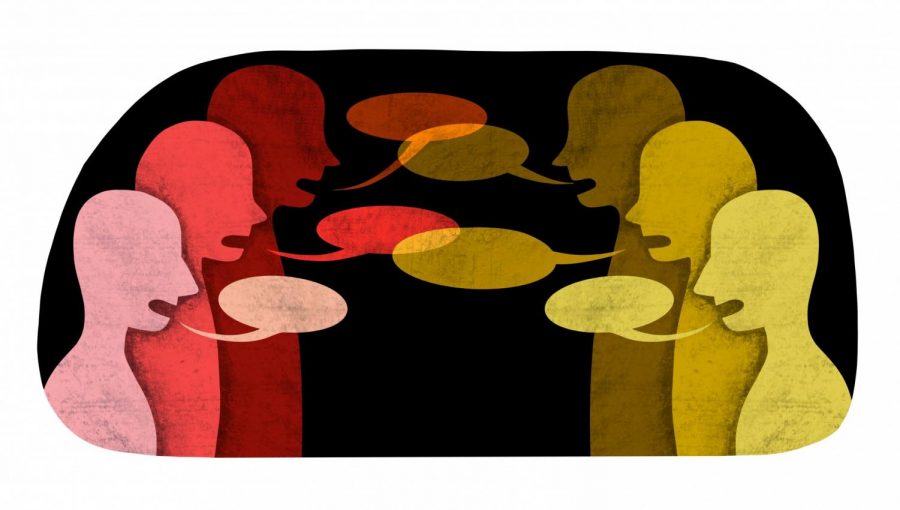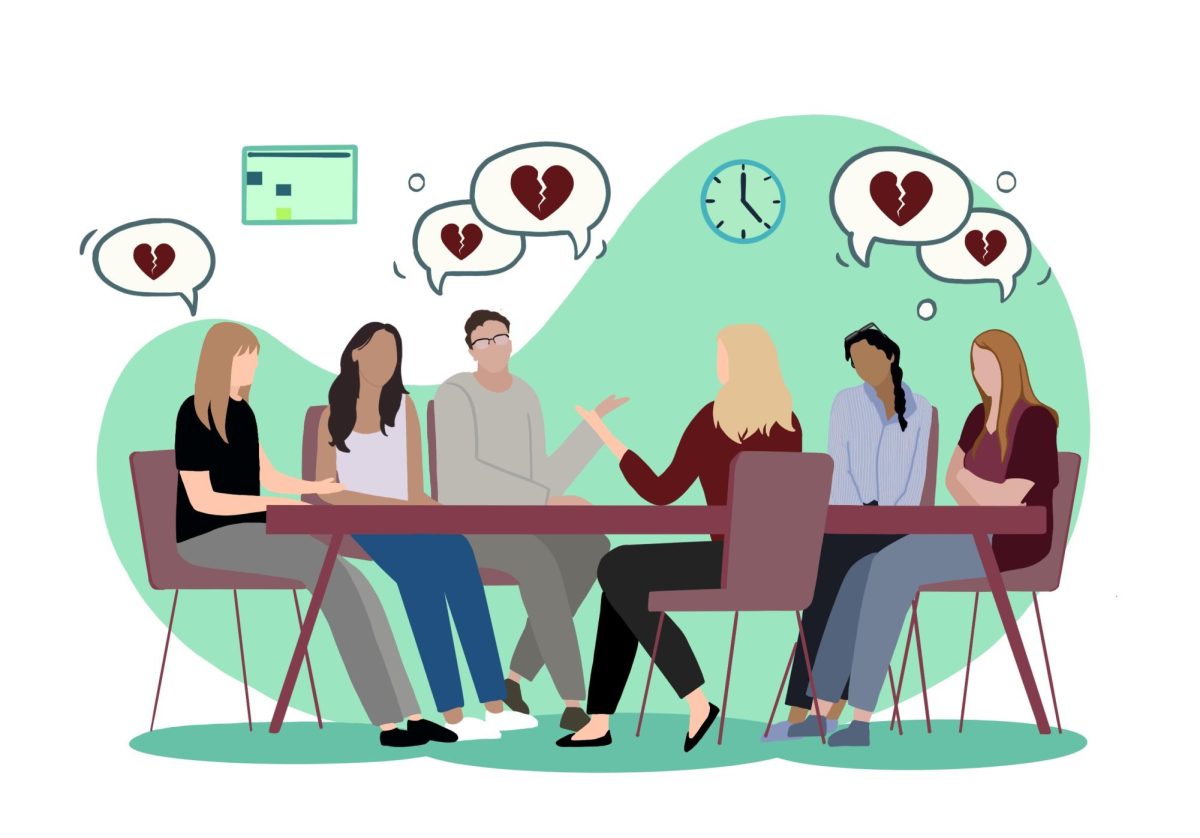A few years ago, I entered the public safety space in my local Minneapolis neighborhood organization. I did this after experiencing a crime at my apartment. I joined to work with neighbors to help promote safety through a more connected neighborhood. One early discussion, near city budget time, introduced an idea that seemed radical to me. The proposal was thus: the city should divest funds from the police department and reinvest the funds in a new community safety model. To be frank, I was initially skeptical that this was just another radical proposal by dreamers ahead of their time.
My initial gut-reaction about public safety was informed by my upbringing. I grew up in a small town that lacked its own police department. My limited interaction with police consisted of school gang prevention programming and slamming on my brakes when I saw county sheriff officers patrolling the roadway. In my perception, police officers arrested the “bad guys.” They worked to keep everyone safe. Generally, I thought that more police resulted in less crime, and I supported growing police budgets.
But that naïve perception was challenged when I became involved in neighborhood public safety in Minneapolis. The city is nearly 40 times larger than the one I grew up in. I noticed for the first time that some of my neighbors did not share my positive perception of the police. This seemed especially true in our Black people, Indigenous people and people of color communities. In these communities, calling the police too often brought about more fear and violence, not less.
How could these two viewpoints on public safety be so fundamentally different? I wanted to learn more to better understand the dichotomy.
As a result, over the past four years I took the role as a safety lead for our local neighborhood organization. I took an intentional look into the published data on community public safety. I participated in dozens of community safety meetings and safety walks. I partook in ride-alongs with officers in their squad cars, participated in the Minneapolis Police Department Citizens Academy and attended many “Coffee with a Cop” community outreach events. This was all in an effort to understand how my original perception of the police did not match the reality for so many in our city.
As a quick aside, through this public safety work, I became friends with officers and city employees. I am grateful to know them. Many people I met demonstrated compassion and care in their work. In our current society, like it or not, state security forces are necessary. Someone has to fulfill the role of stopping those determined to harm others. I hope that as a society we can recognize the humanity of the individuals behind the badge. I hope we can find ways to show our gratitude for handling the difficult situations we put them in. This being said, we cannot let our “good cop” attitude distract us from the truth. The system is broken and in desperate need of change.
From my “outside looking in” perspective I understood two pivotal concerns:
1. Generally speaking, police are not trusted by our Black, Indigenous and people of color neighbors.
2. Police spend the majority of their time responding to “social service” calls.
The truth is, America’s history of violent policing has created distrust and fear in too many of our communities. The distrust is deeply ingrained. The community outreach efforts, embedded within the police department, have done little to change this broad perception. As for the second concern, the officers are not doing the work we think they are doing. They are not able to devote the time to solving violent crime because they are too busy responding to our mental health crises, the trespass calls targeting unsheltered neighbors and calls about those experiencing substance use disorder. According to the Murder Accountability Project, our city clearance rates (the rate as which cases are solved) are just above 50% for homicides. A 2015 NPR analysis found that, in 2013, violent crime had a 34% clearance rate in Minneapolis. Roughly one in two murders and one in three violent crimes in our city get solved. How can this be? In part, these rates are low, because officers are being used as a stop-gap measure to respond to every societal and public health problem our cities have. Officers running from call to call do not have time to respond to and solve real crime. This is not acceptable, and we must change this approach.
In the wake of the George Floyd killing, the calls for change to the system were electric. Millions around the globe pledged to bring about a new approach in public safety. Right now, it is city budget time. We need to hear from those same voices. We need to re-energize and bring back the passion experienced over the summer. We need to follow through on our promises for change.
Demand that public safety is more equitable. Demand that our elected officials invest in public health and community safety approaches. Demand that we start targeting the root causes of violence. Demand that we allocate substantial money to ensure these new approaches are set up for success.
Undoubtedly, there will be naysayers on our journey toward a better and more equitable public safety future. But I know that together we can influence change. I will leave you with a quote by the late Congressman John Lewis’ in his final essay and call to action. “When you see something that is not right, you must say something. You must do something. Democracy is not a state. It is an act, and each generation must do its part to help build what we called the Beloved Community, a nation and world society at peace with itself.”
Friends, take it from a small-town former skeptic. The time is now to change our approach to public safety.
This OpEd essay was submitted by Cody Hoerning, a University of Minnesota graduate student and student board member of the Southeast Como Improvement Association.
This OpEd has been lightly edited for style and clarity.










A Gopher
Dec 15, 2020 at 6:37 pm
Exactly, I grew up over North Minneapolis and guess who wanted the police sent away? It certainly wasn’t the law-abiding, hard-working, christian families that made up the backbone of the neighborhood watch. And of course, a white girl from Greenville, WI knows what people of color in a metro area 300 times larger than her cornfield should do. Thank you white people for all your proselytizing and hypocritical solutions. If you want to live your truth than you move over North or to Payne-Phalen and prove that you actually believe in these overly-idealistic solutions!
Wanda B Wright
Dec 14, 2020 at 11:47 pm
An op-ed by another woke white person who thinks they know what’s best for POC.
Defunding the police hurts low income communities more that anyone else.
Why is it democrats hate POC so much?